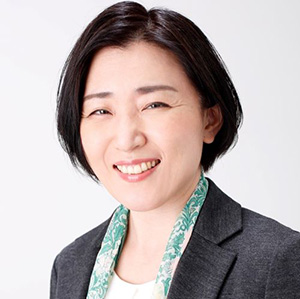Member Spotlight for August 2021:
Masako Kataoka

Masako Kataoka, M.D., Ph.D.
Lecturer, Breast Imaging
Department of Diagnostic Imaging and Nuclear Medicine
Kyoto University Graduate School of Medicine
Kyoto, Japan
ISMRM Member since 2006
My first contact with MRI research was in 2000. I was a Ph.D. candidate under the supervision of Dr. Kaori Togashi and was starting my research in the field of the female pelvis. I was lucky to be involved in kinetic analysis of the uterus. I remembered that our team were all excited to see the moving uterus on the MRI.
The first tipping point in my career was the experience with 3T MRI of the body. Theoretically, this was a powerful machine. In fact, however, the early model was not sophisticated, and we struggled with various artifacts to find out the strength of the 3T scanner. These early results led to my first poster presentations at ISMRM (Seattle, 2006). Attending the ISMRM meeting and discussing my abstract at the poster venue and learning from other people’s experiences inspired me a lot. It was the moment I fell in love with ISMRM.
The second tipping point was in 2011, when I was appointed to start a breast MRI research team at my current workplace. Since then, I work on both clinical and research work on breast MRI in addition to oncology imaging in general.
Initially, I joined ISMRM in order to present my posters. In addition, there were some active members of ISMRM around me (Prof. Kaori Togashi, Prof. Yukio Miki, Dr. Tomohisa Okada) who really enjoyed ISMRM activities and made a lot of friends through the Society.
I was involved in the Ad Hoc Committee on Women in ISMRM. Being a member was an eye-opening experience. In a short period of time, the committee identified problems, found the scientific way to tackle these issues, planned inspiring sessions, and shed a light on hidden talented female researchers. This is particularly impressive to me because there are many female researchers in breast imaging and maximizing their capacity is the key. The idea of inclusiveness is also inherent in the EDI committee, and I hope activities such as these encourage many people with diverse backgrounds to join ISMRM, including people from Asian countries.
AMPC was another important ISMRM activity for me. This year, I was appointed as chair of the Body table for the Educational Program for the 2022 Annual Meeting, and I discussed with other AMPC members the ideal and “attractive” meeting. Despite lots of uncertainness due to the COVID-19 pandemic, we are confident that the contents in 2022 are timely and appeal to many participants and inspire M.D.-Ph.D. communications.
During the weekday, I work at the university hospital. Clinical work includes reading and managing imaging exams (CT, MRI, nuclear medicine) and attending multidisciplinary meetings and pathology review meetings. These clinical duties are important because many of our research ideas are inspired by them. In Japan, breast cancer incidences rise from age 40 in women while they are playing active roles in society. Therefore, assessment of breast cancer extent with imaging is crucial in optimizing treatment, i.e. maximizing survival and minimizing treatment-related disabilities. On the weekends, I sometimes visit temples, shrines, and old castles with my husband and my 12-year-old son. Kyoto is a historical city with many historical spots within walking distance.
